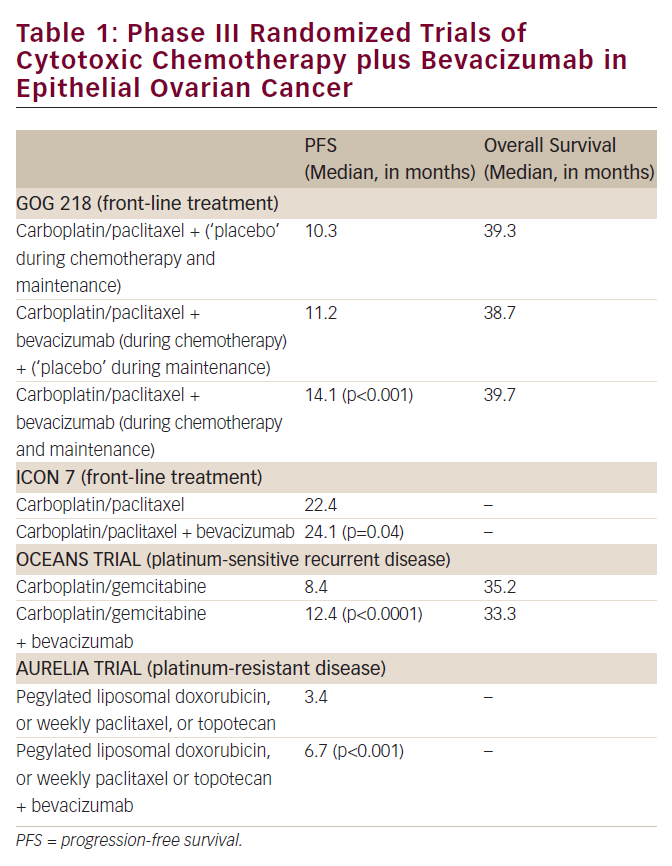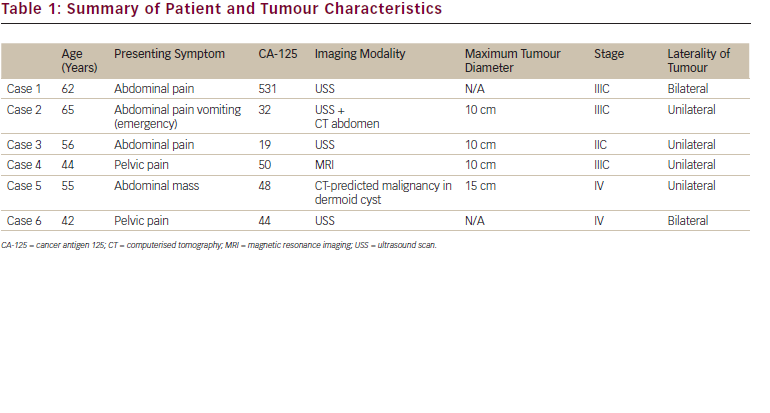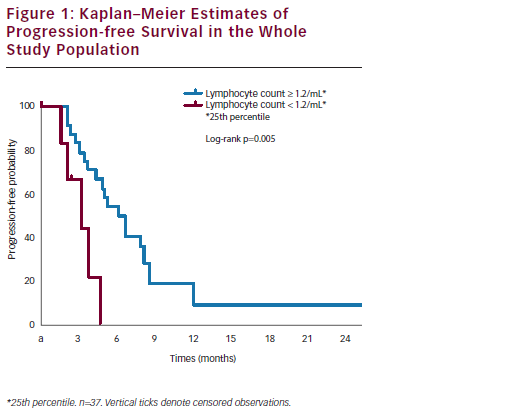This issue of European Oncological Disease highlights the multifaceted area of oncology. To treat a patient with cancer is not the role of a single physician, but rather a task for a multidisciplinary team. It is the performance of the multidisciplinary team that really matters when it comes to outcome. Outcome is not only a measure of five-year survival – for many patients the possibility of cure or quality of life during remaining lifetime is more important. Cancer treatment therefore has to be individualised; to achieve this the physician must be able to explain treatment options for the patient and also respect the patient’s demands.
From the education and training programme proposed by the European Society of Surgical Oncology (ESSO), it is obvious that a surgeon must not only know how to operate, but also have basic knowledge in many areas of oncology. The skill of the surgical team is of utmost importance for optimal outcome. Radiotherapy or chemotherapy cannot compensate for bad surgery. An oncologist, independent of her or his subspeciality, must know the strengths and weaknesses of different diagnostic and treatment options.
Survival of breast cancer patients has improved over the last few decades and we can expect eight out of 10 patients diagnosed with breast cancer to be cancer survivors. Many minor advances in diagnostic procedures and treatment options are currently being introduced and will further prevent death from breast cancer. The diagnostic procedures identify risk patients, for example triple-negative breast cancer patients. These patients have tumours that are negative for three important drug targets: oestrogen receptor, progesterone receptor and human epidermal growth factor receptor-2 (HER2). Intraoperative radiotherapy with electrons (ELIOT) offers a single treatment at a high dose and is an interesting option for patients to whom a longer hospital stay may not appeal. The development of new drugs is of benefit for patients with many different tumour types; breast cancer is an illustrative example of how basic scientists, pharmaceutical researchers and clinicians continuously improve treatment alternatives.
In an era where we often recommend not only first- and second-line treatments but also third- and fourth-line alternatives, it is important to remember that the sequentially offered treatment option will likely have less effect and the patient will experience more side effects. Anaemia, malnutrition, nausea and vomiting are all cancer-related complications, but also side effects due to the treatment. It is the responsibility of the multidisciplinary team to use all of the treatment alternatives with great care in order to achieve the best for their patients. This is one of the main reasons for interdisciplinary collaboration in both practice and education. If Europe wants to be a leading continent in oncology, we must continue to work together in organ-based societies and in a European cancer society.
European Oncological Disease would like to thank all contributors to this edition; we hope you find it an interesting and informative read. ■
My Learning
Login
Sign Up FREE
Register Register
Login
Trending Topic

12 mins
Trending Topic
Developed by Touch
Mark CompleteCompleted
BookmarkBookmarked
Allan A Lima Pereira, Gabriel Lenz, Tiago Biachi de Castria
NEW
Despite being considered a rare type of malignancy, constituting only 3% of all gastrointestinal cancers, the incidence of biliary tract cancers (BTCs) has been increasing worldwide in recent years, with about 20,000 new cases annually only in the USA.1–3 These cancers arise from the biliary epithelium of the small ducts in the periphery of the liver […]
touchREVIEWS in Oncology & Haematology. 2025;21(1):Online ahead of journal publication








